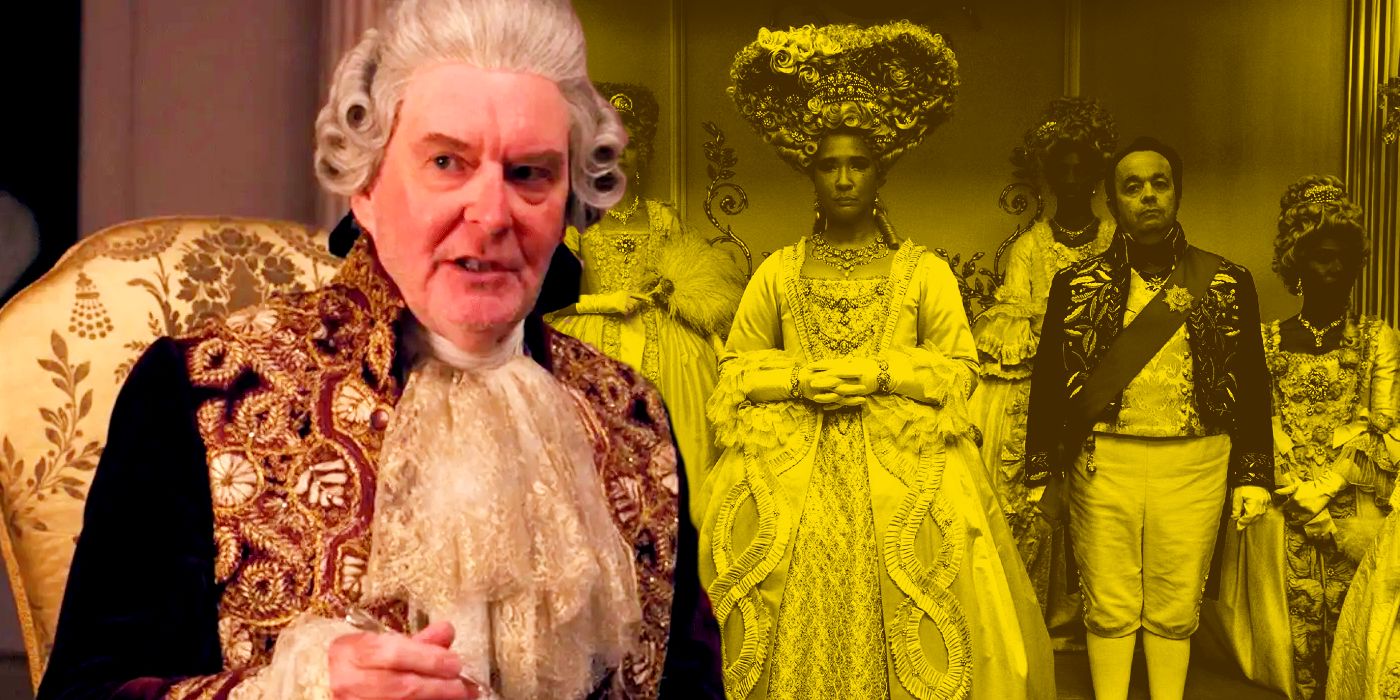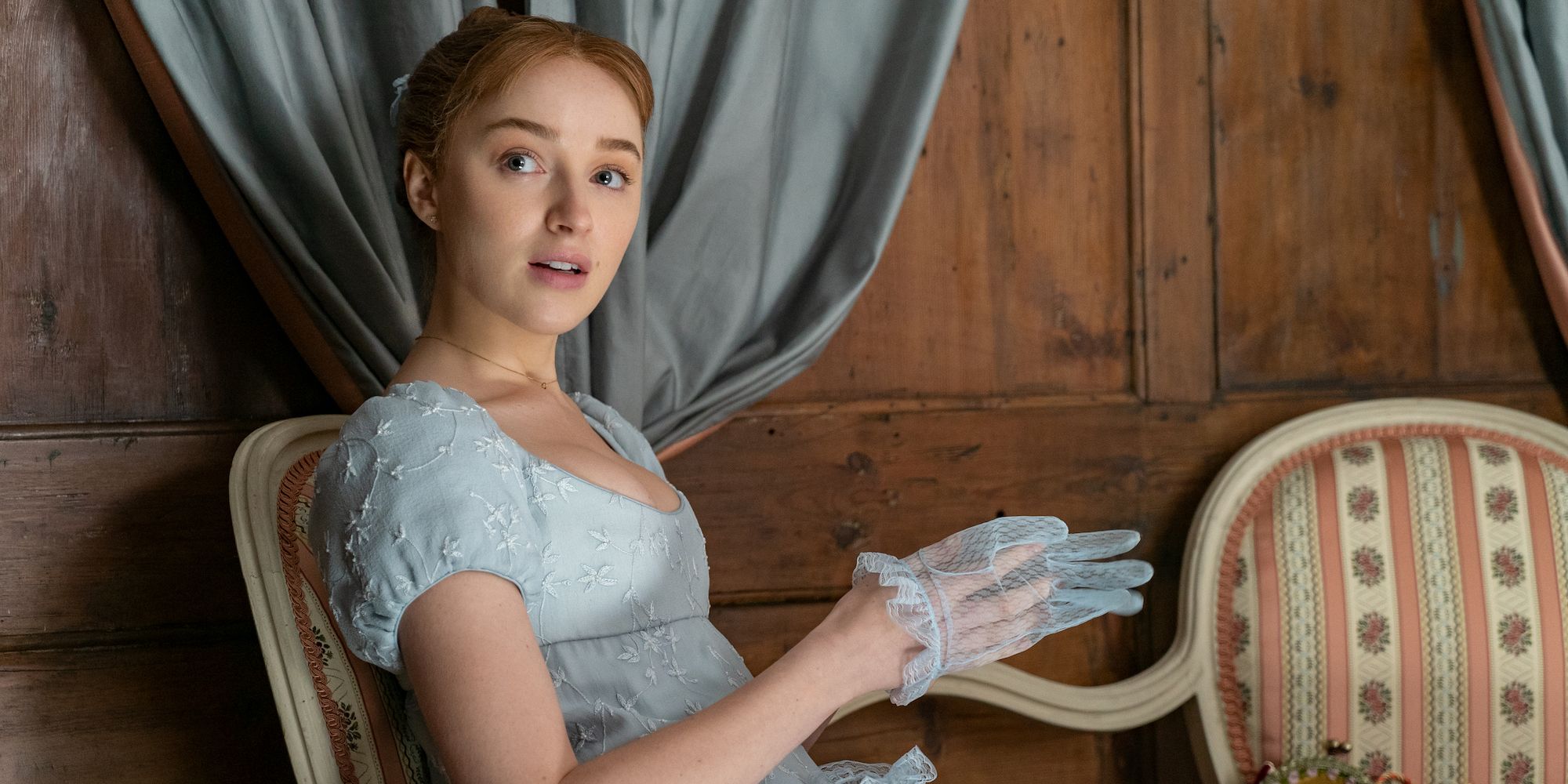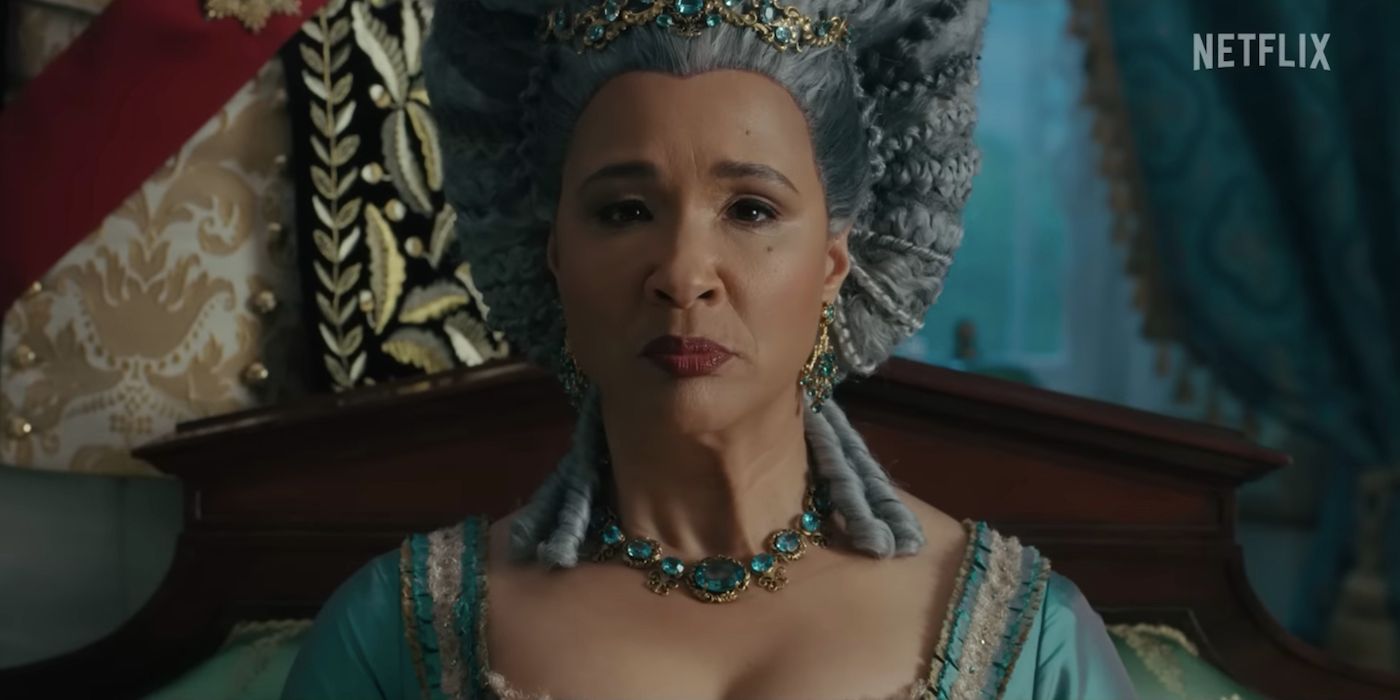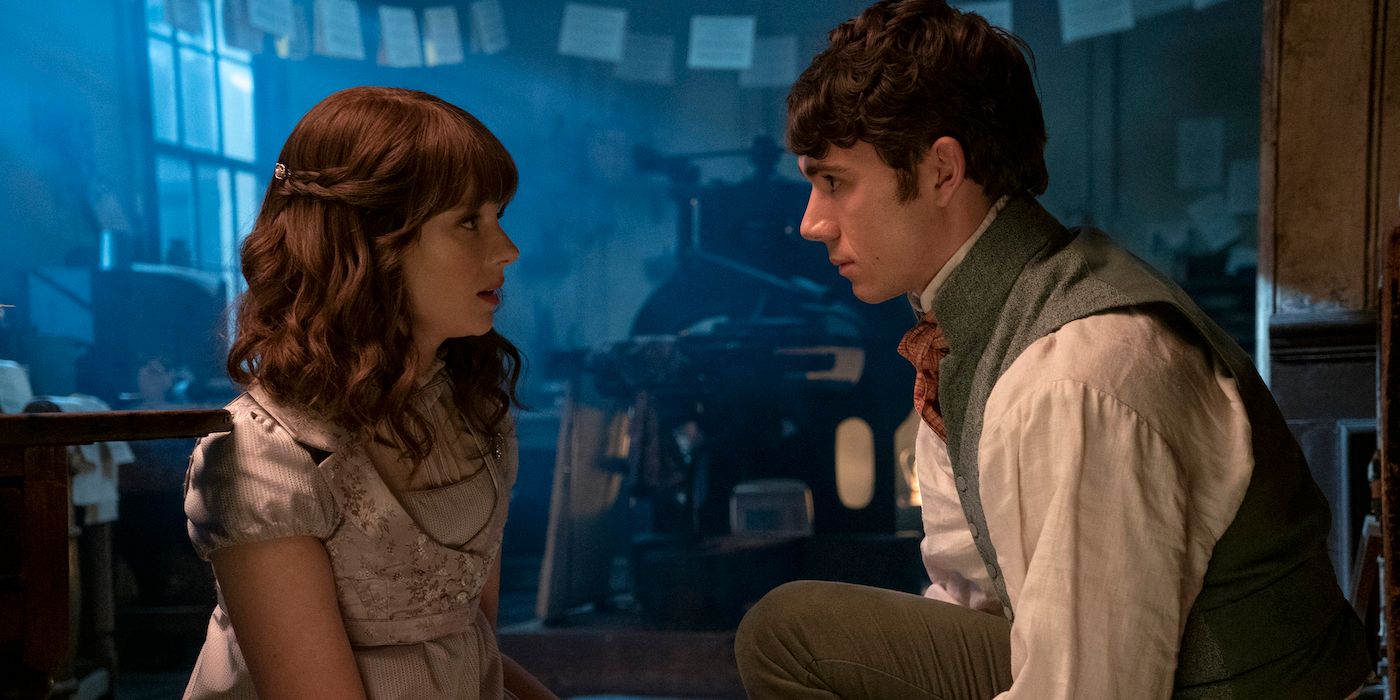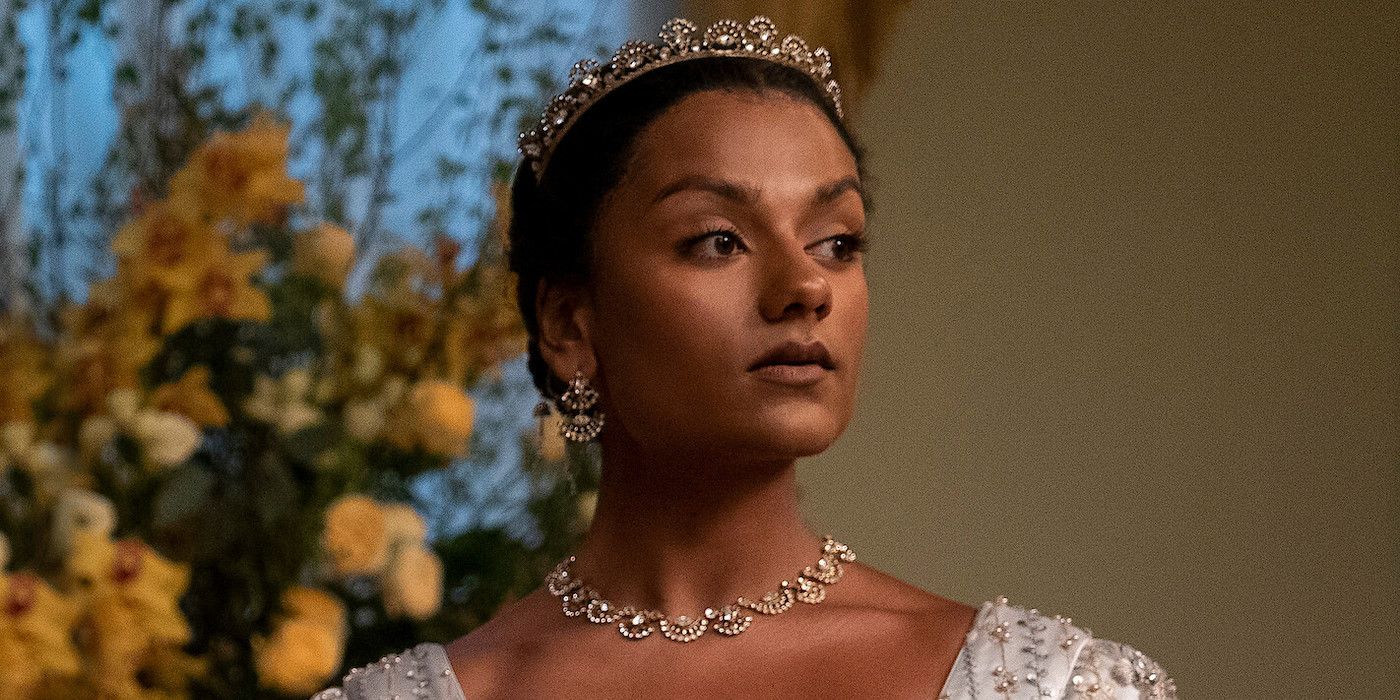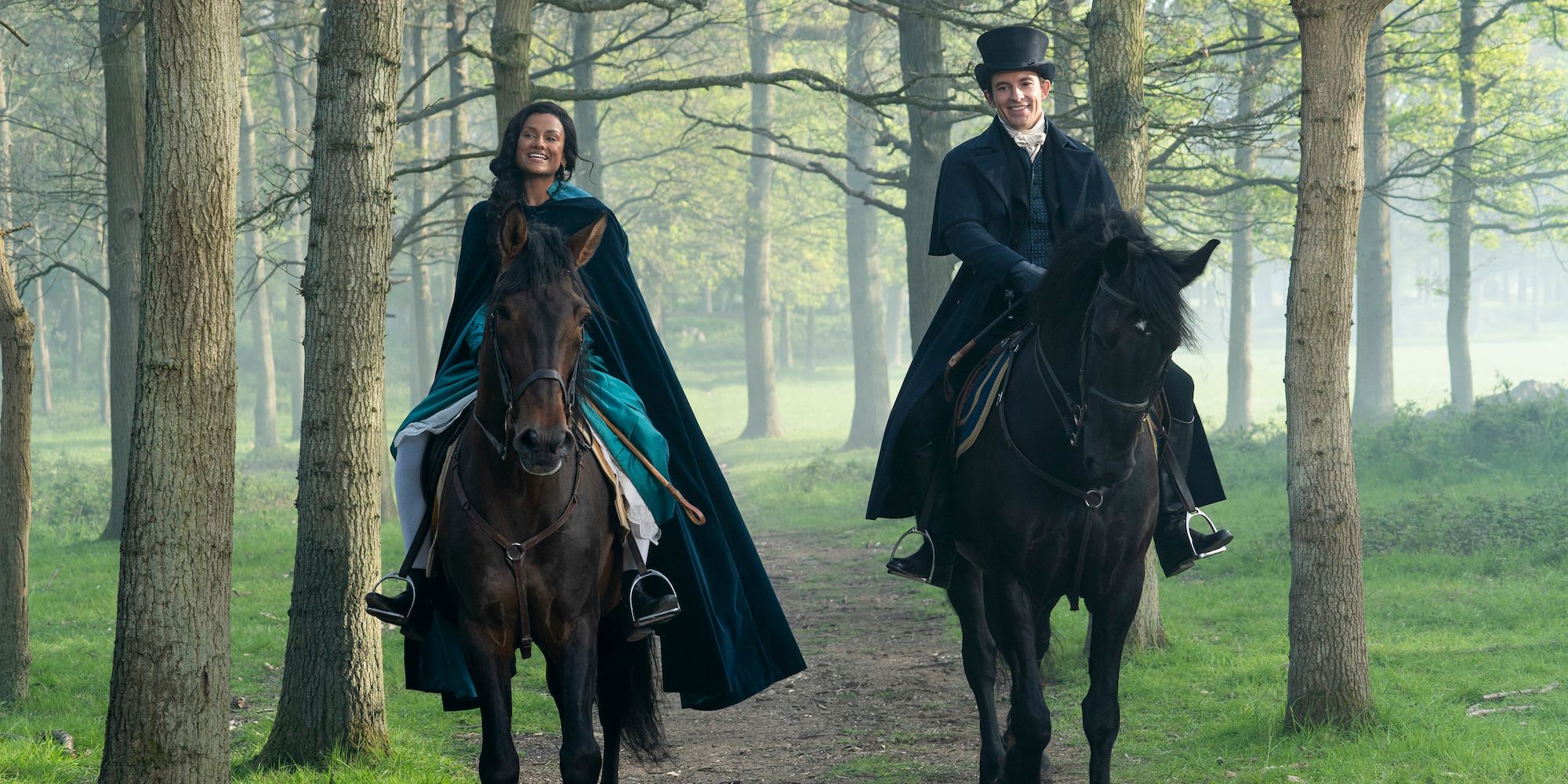Set in 1813, Bridgerton takes place during England's Regency Era, and throughout, the series gets some aspects of the historical period right and others completely wrong. Bridgerton is based on a series of romance novels by Julia Quinn and follows the wealthy Bridgerton family as its eight siblings find love in Regency London. In the first two seasons, the show has explored the romance of eldest daughter Daphne and the Duke of Hastings, the family heir Anthony's enemies-to-lovers relationship with newcomer Kate, and will next explore the complicated unrequited love between Colin Bridgerton, third son, and his best friend Penelope.
The events of Bridgerton season 1 begin in the year 1813, fitting perfectly into the period of history known as the Regency Era. This historical time period lasted from 1811 to 1820, though it sometimes extends to the years 1795 to 1837. The Regency Era is defined by the time span in which King George III appointed his son, George IV, to act as prince regent until the king's death in 1820. However, the era is characterized by other aspects, most importantly the significance of culture and refinement for the wealthy elite of England. Here as everything that Bridgerton gets right about Regency Britain, and what it gets wrong.
Bridgerton Follows Regency Era Rules of Propriety
A major part of Bridgerton and its romantic plots are the strict rules of propriety the characters must follow, which are true to the real-life Regency Era. In Regency England, especially when it came to courting, following the rules was vital in maintaining a good reputation not only for individuals but their entire families. Though many of Bridgerton's characters get into mischief, such as Colin and Benedict's Bridgerton season 2 drug attempt and Anthony's season 1 mistress, they always make it a priority to keep up public appearances and ensure the Bridgerton name is untarnished.
Many of Regency England's propriety regulations occur in Bridgerton when it comes to balls and outings between couples. During the Regency Era, unmarried women needed to be chaperoned at all times to prevent them being alone with an unmarried man. In Bridgerton, this often leads to intense, clandestine meetings in small spaces that have to be quick and out of sight of others. Additionally, when it came to the "season" of courting, it was customary for unmarried women to present themselves to Queen Charlotte right when the season began in hopes of finding a love match in the coming months. This ceremony has appeared in both Bridgerton season 1 and 2 within their very first episodes, kicking off the upcoming courting season.
Bridgerton’s Regency Royalty Is Different
Although Bridgerton's King George and Queen Charlotte have the same names as the real Regency royalty, the series portrays the monarchs much differently than how they truly were. While Bridgerton does represent King George III as having delusions and being cared for by Queen Charlotte, the true scenario was much grimmer. King George III lived with a rare blood disorder called porphyria which caused an excess of natural chemicals in bloodstream, often making the king physically ill. In addition, it is thought that George III suffered from bouts of depression and bipolar disorder which often affected his moods and behavior. Ultimately, these disorders kept him from being able to properly run the kingdom.
In Bridgerton, King George III's absence translates to Queen Charlotte inheriting control over England: however, this was really not the case. When the real George III became too sick to rule in 1811, his and Charlotte's son George IV became the prince regent, meaning he became king in everything but title. This decision was a source of conflict between Charlotte and her son, as they both desired the role of regent. Unfortunately, unlike Bridgerton's bold Queen Charlotte, the real queen withdrew once her husband became permanently ill and experienced a stark change in mood and personality. She eventually put space between herself and George III, eating and sleeping separately from him.
Bridgerton Addresses the Wealth Gap of the Regency Era
Bridgerton has a major focus on the rich families of Regency England, however it doesn't entirely shy away from showing the true environment of London in the mid-1800s. In particular, the series shows the striking difference between the comforts and riches of England's wealthy and the poverty the remainder of the city faced with Eloise's plot in Bridgerton season 2. This massive wealth gap did actually exist in Regency England and was made worse by overpopulation due to the Industrial Revolution.
As seen in Bridgerton season 2, Eloise sneaks into a poorer section of London to try and catch Lady Whistledown getting her papers published. Eloise quickly forms a bond with a boy working at a print shop, Theo, and learns of the many injustices impoverished people face in London. As much as Eloise attempts to understand Theo's life and struggles, her heritage makes it impossible for them to see eye-to-eye, and the relationship ends up falling flat with Theo especially hurt by Eloise's ignorance. Though this is just one of many storylines in Bridgerton season 2, it shows the awareness the series has of the time period and opens up opportunities for it to be explored further in the future.
Bridgerton’s Characters Are Diverse But Unrealistic to Regency Era
One aspect of Bridgerton that garners plenty of praise, and rightfully so, is the diversity of its cast and characters. The series includes various non-white actors and characters with unique backgrounds and stories. While this change is beneficial for the series and its audiences, the truth of the Regency Era is not nearly as inclusive. If the characters of Bridgerton truly existed in Regency England, they would have to be white, publically heterosexual, and unfortunately, conform completely to the standards of the day. The series' addition of diversity isn't just different from the actual history of the Regency Era but also creates changes from the original Bridgerton books.
Bridgerton Overlaps With The Romanticism Movement
Bridgerton invokes many themes which make up the core of Europe's Romanticism Movement. During the 19th century, the Romanticism Movement emphasized emotions and individualism, nature, and wariness of science and industrialization. The movement directly responded to the Industrial Revolution and affected visual arts, literature, music, and intellectualism. Authors like Jane Austen and the Brontë sisters wrote novels about the "sensibility" culture that pervades Bridgerton, and in particular, propriety and the roles of women in society. Additionally, Romantic novels had a heavy focus on the individual which is a major point for Bridgerton's characters who have their own unique desires and personalities.
Though Bridgerton seasons 1 and 2 don't have perfect historical accuracy, the points it gets right are vital to the plot and energy of the series. Many of the Regency Era's tropes work perfectly for romantic storylines, but the time period also includes intense change and strife that gives Bridgerton depth that goes beyond just simple romance. Even with its many changes, Bridgerton gives a fun, unique look at Regency England that emphasizes the importance of love and the individual.

